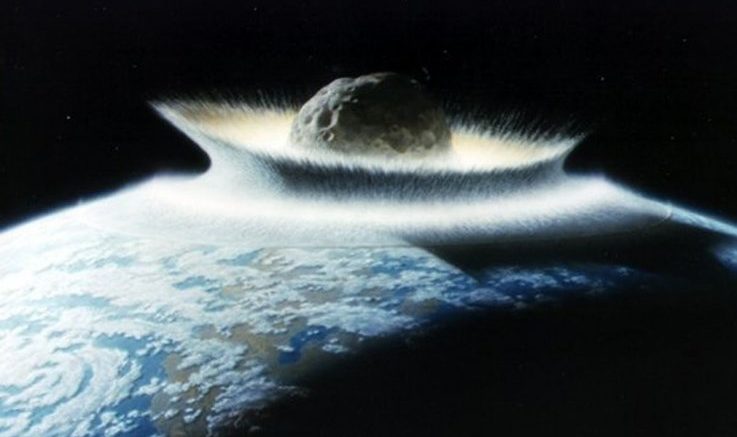As of 2017, there is a total of 5,223 craters on 40 astronomical bodies set forth by the IAU in the solar system. This includes minor planets , including asteroids and dwarf planets, planets, and natural satellites. Let’s take a look at these impact craters.
| Body | Number of Craters |
| moon | 1624 |
| martian | 1092 |
| Venetian | 900 |
| Mercurian | 397 |
| Other | 1198 |
What is interesting is that the largest impact craters based on crater diameter is the Moon and Mars. 2 of 5 can be found on the moon, and the remaining 3 can be seen on Mars.
North Polar Basin, Mars
The North Polar Basin, more commonly known as the Borealis Basin, is a large basin in the northern hemisphere of Mars that covers 40% of the planet. Although there isn’t an agreed upon formation of the basin, scientists have postulated that the basin formed during the impact of a single, large body roughly 2% of the mass of Mars. That would mean that the impacting body would have had a diameter of about 1,200 miles at a time of around 4.5 billion years ago. However, the basin is not currently recognized as an impact basin by the IAU. The basin has an elliptical shape and is one of the flattest areas in the solar system.
Utopia, Mars
Utopia, is the largest recognized impact basin on Mars and in the Solar System with an estimated diameter of 3300 km. It is the Martian region where the Viking 2 lander touched down and began exploring, and the Zhurong rover touched down on May 14, 2021, as a part of the Tianwen-1 mission.
Procellarum, Moon
Oceanus Procellarum, Ocean of Storms in Latin, is a vast lunar mare on the western edge of the near side of the Moon. It stretches more than 1,600 miles across its north–south axis and covering roughly 1,500,000 square miles, which accounts for 10.5% of the total lunar surface area. The size of the impact basin has been estimated to be more than 1800 miles with the impact likely happened very early in the Moon’s history.
South Pole–Aitken basin, Moon
The South Pole–Aitken basin is an immense impact crater on the far side of the Moon. At roughly 1,600 miles in diameter and between 3.9 and 5.1 miles deep, it is the largest, oldest, and deepest basin recognized on the Moon. Estimated to have formed 4.2 to 4.3 billion years ago, the basin was named for two features on opposite sides of the feature: the lunar South Pole and the crater Aitken. The outer rim of the basin can be seen from Earth as a huge mountain chain located on the Moon’s southern limb.
Hellas, Mars
A roughly circular impact basin, Hellas is located in the southern hemisphere of the planet Mars. The basin floor is about 23,465 feet deep, which is 9,800 feet deeper than the Moon’s South Pole-Aitken basin. It extends about 1,400 miles east to west and is centered at 42.4°S 70.5°E.
For other Top 5 articles like this, check out the articles we have. Connect with us on our social media such as Twitter and Instagram to stay up to date on new articles, events, and more.

Be the first to comment on "Top 5 Largest Impact Craters In The Solar System"